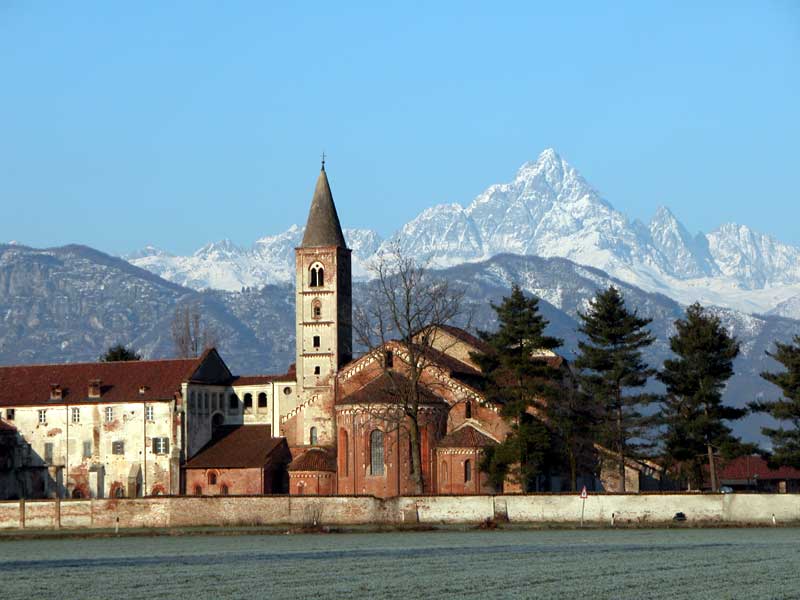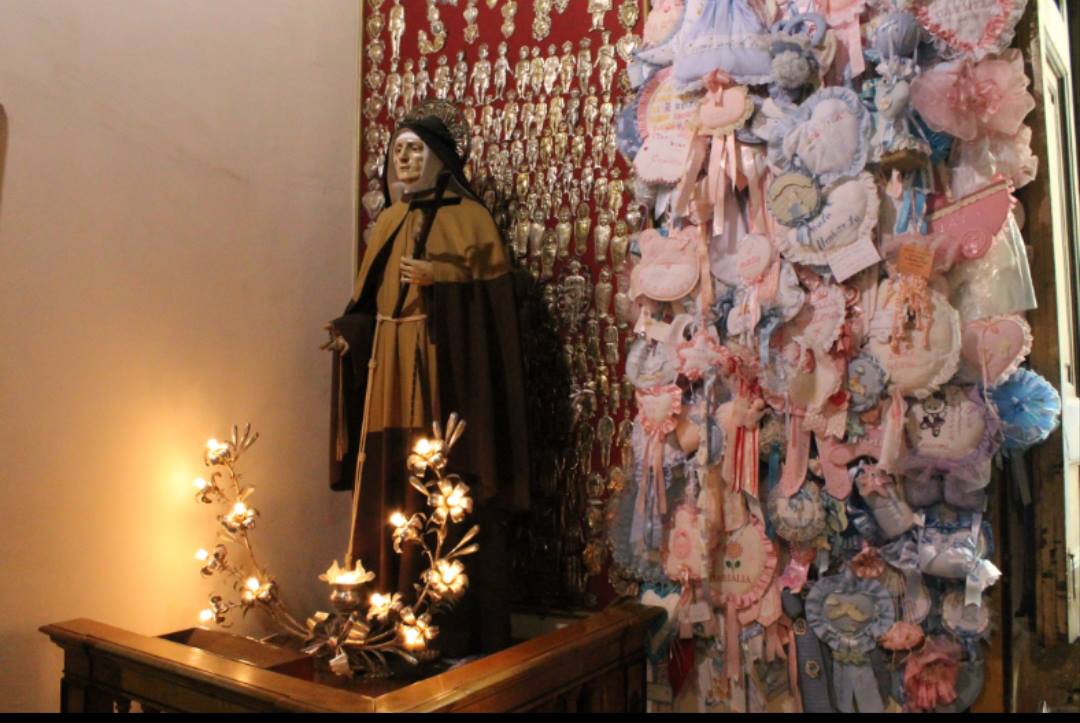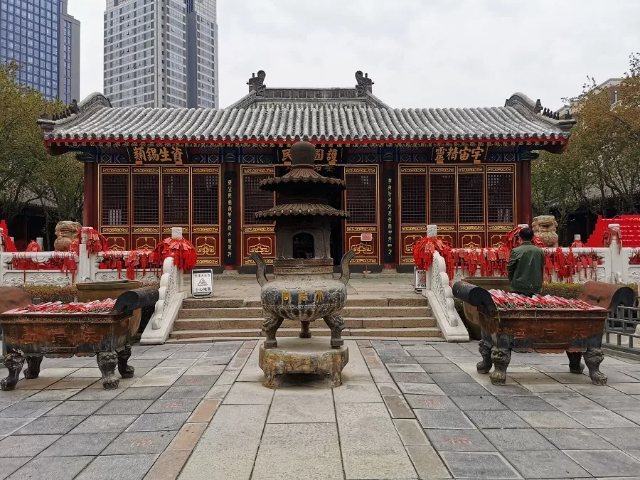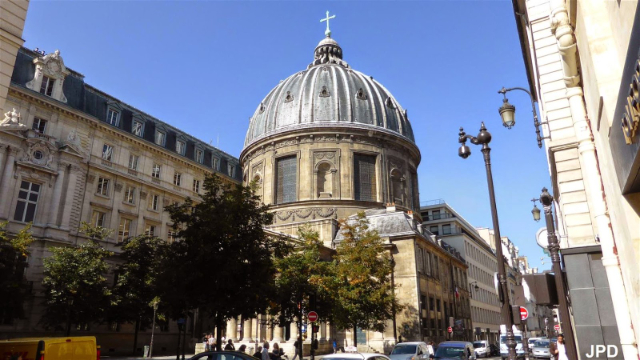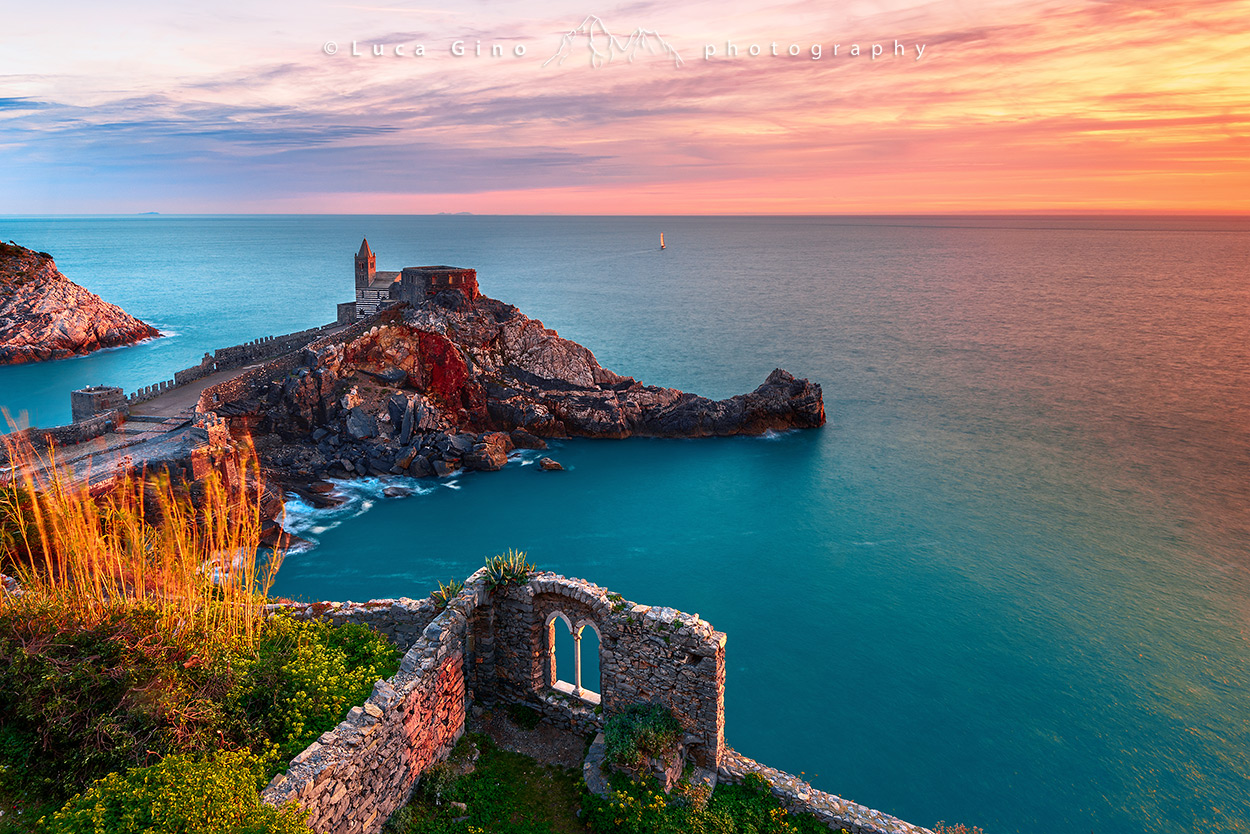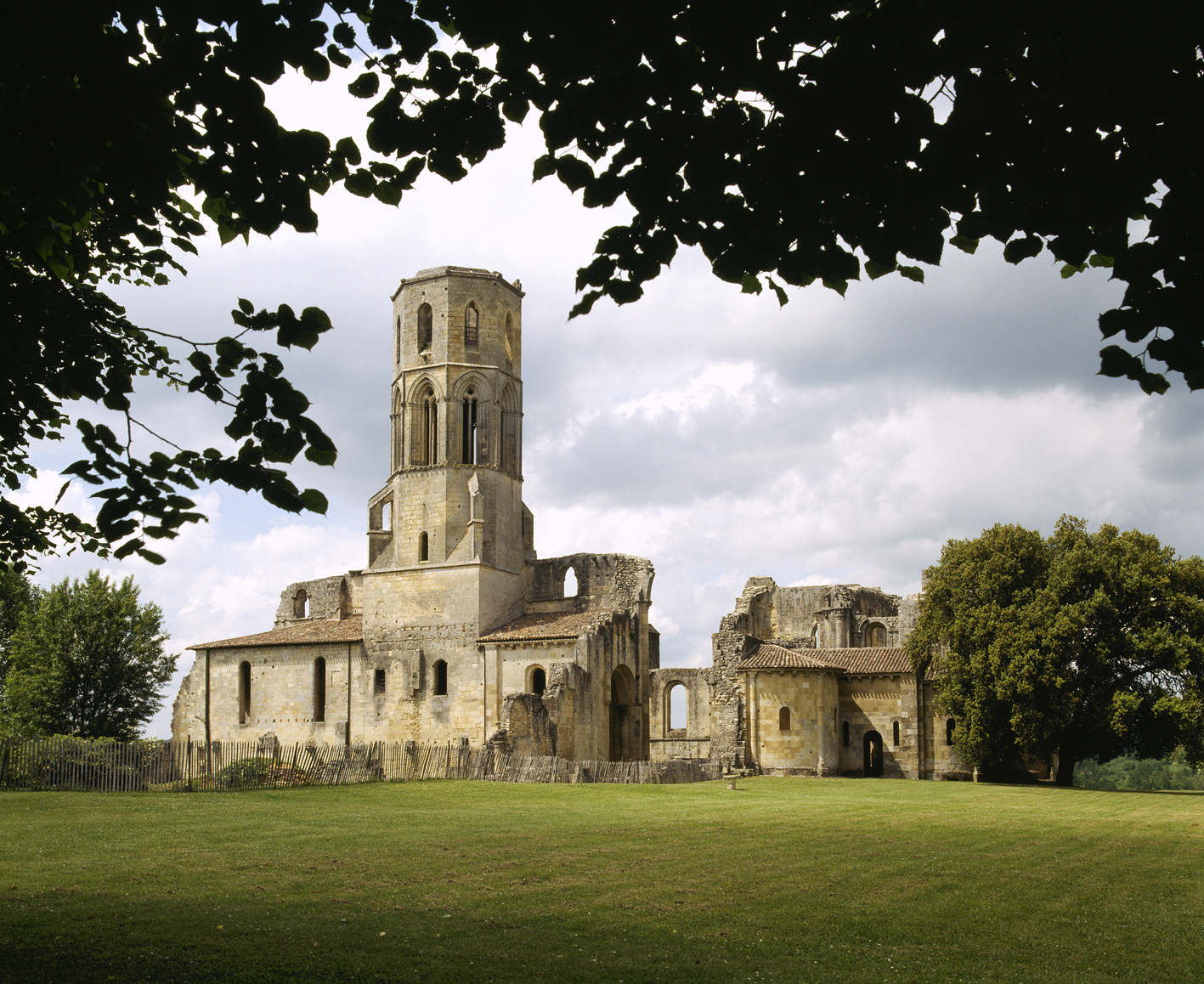Erected between 1122 and 1138, the Cistercian Benedictine abbey became an important point of commercial exchange and of the life of the surrounding villages. In just a few decades, the abbey had achieved considerable economic importance as a place of collection, processing and exchange of the products of the surrounding countryside, made fertile by the monks with extensive and complex reclamation works. Its economic importance had brought the abbey civil and ecclesiastical privileges that made it a point of reference for the political and social life of the territory.
In 1690 the French destroyed the archives, the library, part of the cloister and the refectory but from 1715 to 1734, with the help of Vittorio Amedeo II, restoration work was carried out to restore the entire damaged structure. Of the complex we particularly appreciate the church, with the Polyptych by Pascale Oddone and the 16th century wooden group of the Crucifixion, the Cloister, the Refectory, with traces of a painting representing the Last Supper, the Chapter House, the Guest House.
